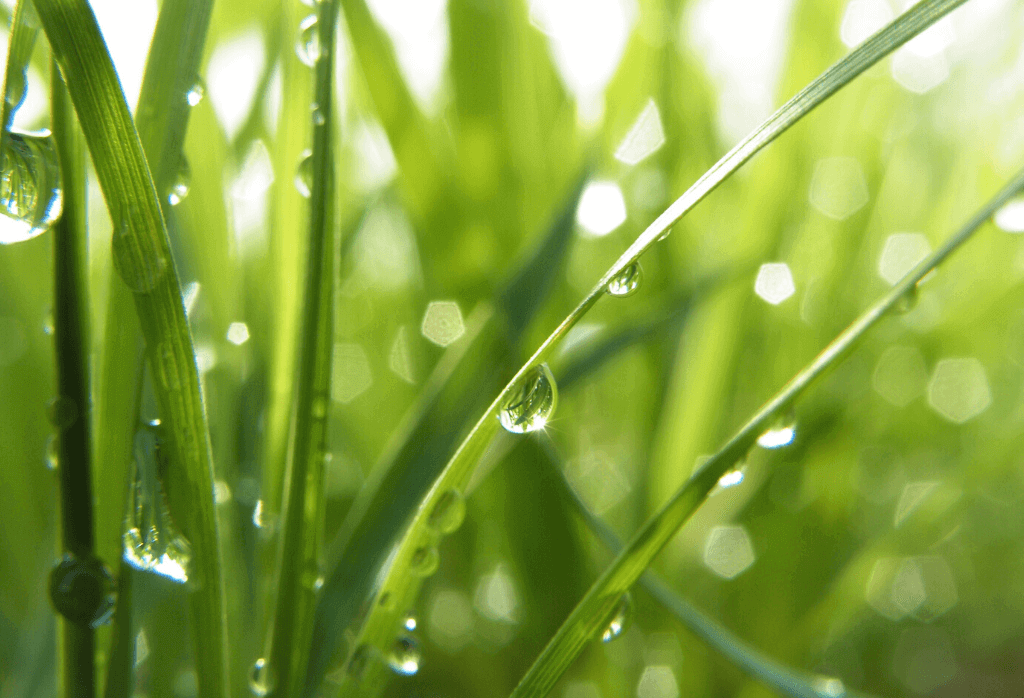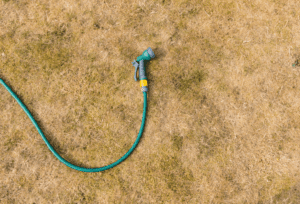Spring Lawn Care Tips
As Spring arrives, any remaining snow and ice melts, days are longer and temperatures increase. As the spring rains develop, your lawn is ready to grow.
To get your lawn off to a great start, here is a brief checklist of things you can do to assist nature:
Spread out any remaining snow piles. This will speed melting.
Walk the lawn, inspecting for any areas of dead or thinned out turf, damaged over the winter and requiring renovation. If your lawn is predominantly Kentucky bluegrass or, if you live in the South and have a bermudagrass lawn that can fill in smaller damaged areas naturally, an early Spring fertilization will speed greening and maximize growth and thickening of the lawn.
When should the lawn be over-seeded? If your lawn has damaged, open areas larger than a dinner plate or is mostly made up of ‘clump’ style grasses, like fescue or ryegrass, you may need to over-seed damaged spots. Clump style grasses cannot spread and fill open areas. With regular fertilizations, lawns of Kentucky bluegrass can fill in damaged areas of up to 6-8 inches over a period of several months.
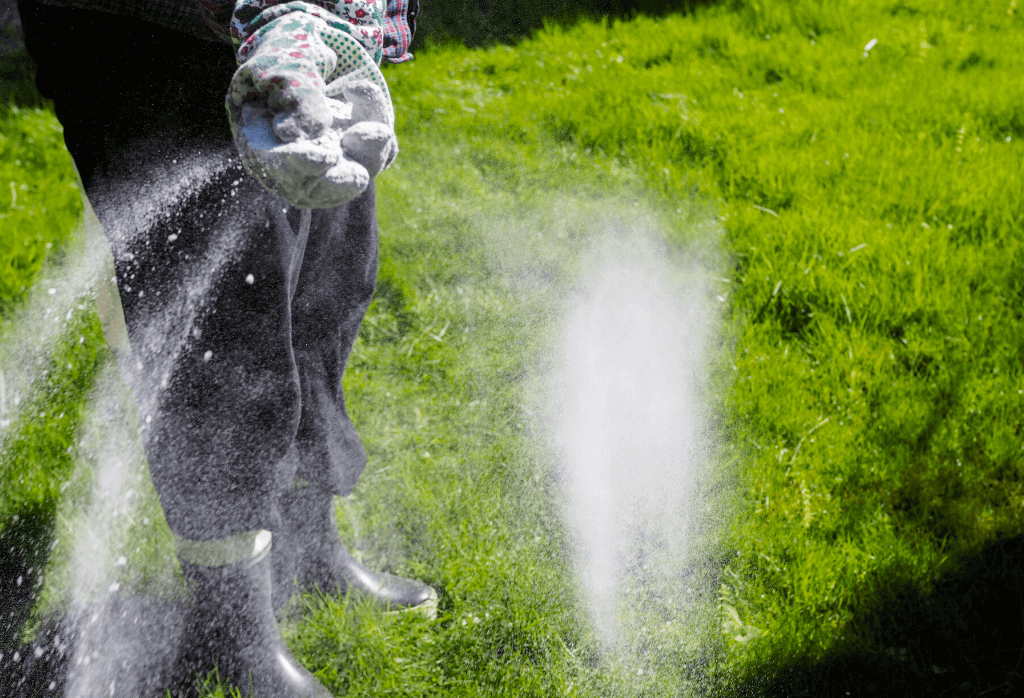
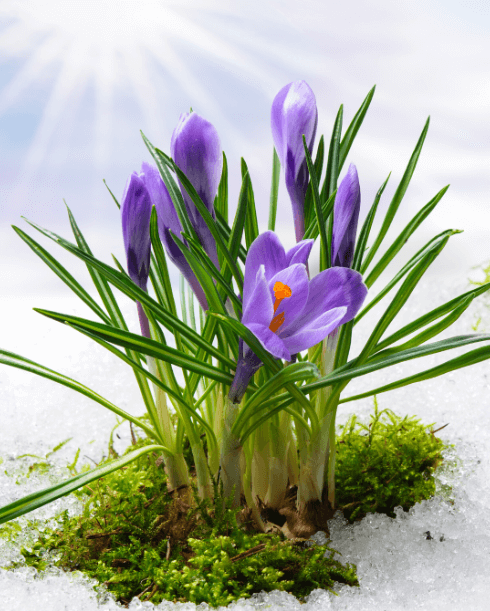

Should over-seeding be required in cool-season turf zones [northern 2/3 of the US], scratch up the top inch of soil before spreading seed and a ‘starter’ fertilizer, high in phosphorus to encourage root growth and quick establishment. Then, importantly, keep the seedbed moist until new grass has germinated and is firmly rooted. This may take at least 3-4 weeks.
Rake up any brown, dead grass plants, leaves and other debris that prevents sunlight from reaching the crowns of grass plants. Until sunlight and warm temperatures penetrate the lawn to the soil level, the lawn will tend to remain dormant.
Mow off the lawn’s dead top-growth. In Winter, grass blades become desiccated in the drying wind. The earlier you close-mow the lawn [at a mowing height of 1.5 to 2.0 inches], the sooner the lawn will green up. In the North, early mowing can lead to green up by early March. And, be sure to sharpen your mower blade. Dull blades tend to shred, not cut grass blades and, as they dry out, create an unpleasing brown look. Sharpening the blade will avoid this problem.
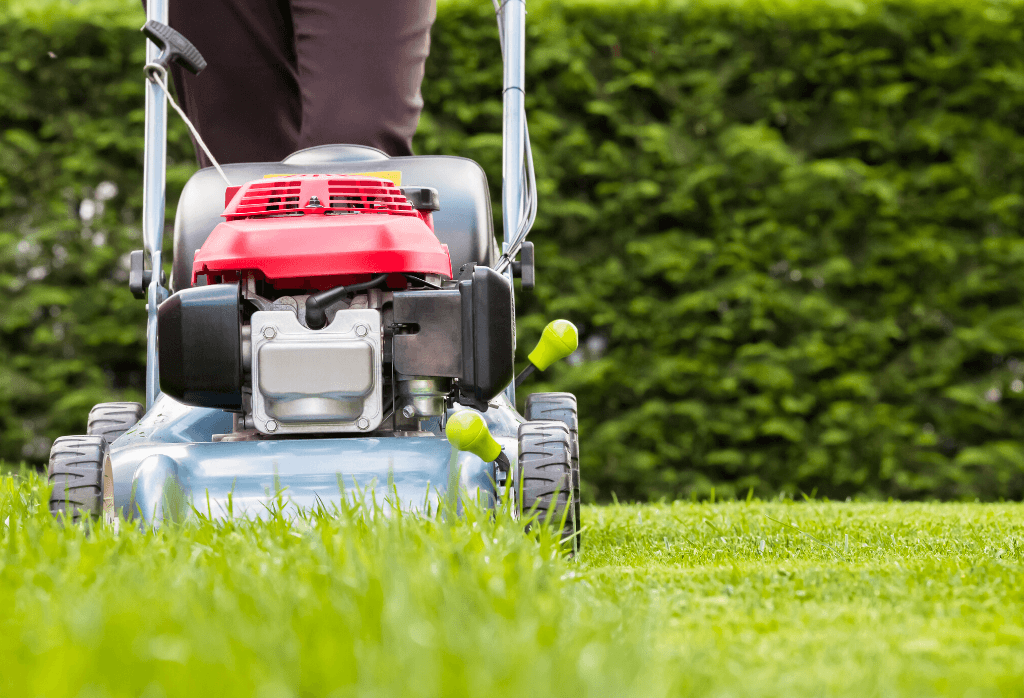
Hopefully, before Spring arrives, you have had your mower serviced. Nothing is more frustrating than going into the peak growing weeks of April and finding out your mower won’t run. And when you call for help, you may well be told, “Sorry, we’re overloaded with mowers that need work.” Smart homeowners get the mower serviced, including a new spark plug and professional blade sharpening before Spring.
Don’t forget to fertilizer the lawn with an effective crabgrass preventer. Spring is the time to prevent crabgrass. Once soil temperatures exceed 55 degrees for several days, crabgrass will germinate and is harder to control. Industry experts agree, fertilizer early with a product containing a pre-emergent crabgrass control.
Begin watering the lawn, providing 1.0 to 1.5 inches of water per week in lieu of rainfall. No matter that cool Spring temperatures persist, when the lawn dries out, it’ time to water. Grass plants are 90% water and need adequate moisture to produce food through photosynthesis.
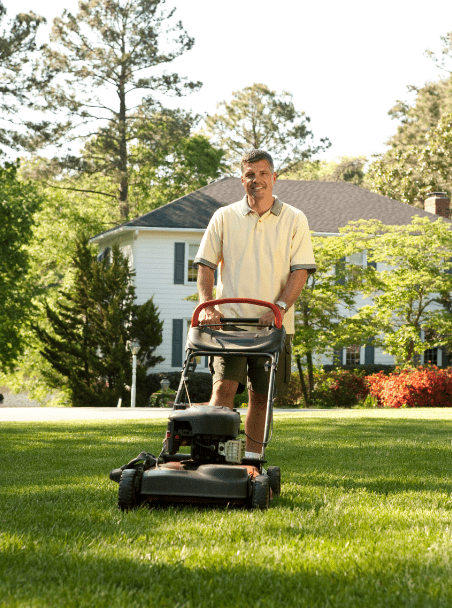
Join Our Free Lawn Care Newsletter
Stay Up to Date With The Latest News & Updates
* We don’t share your info with anyone ever.

